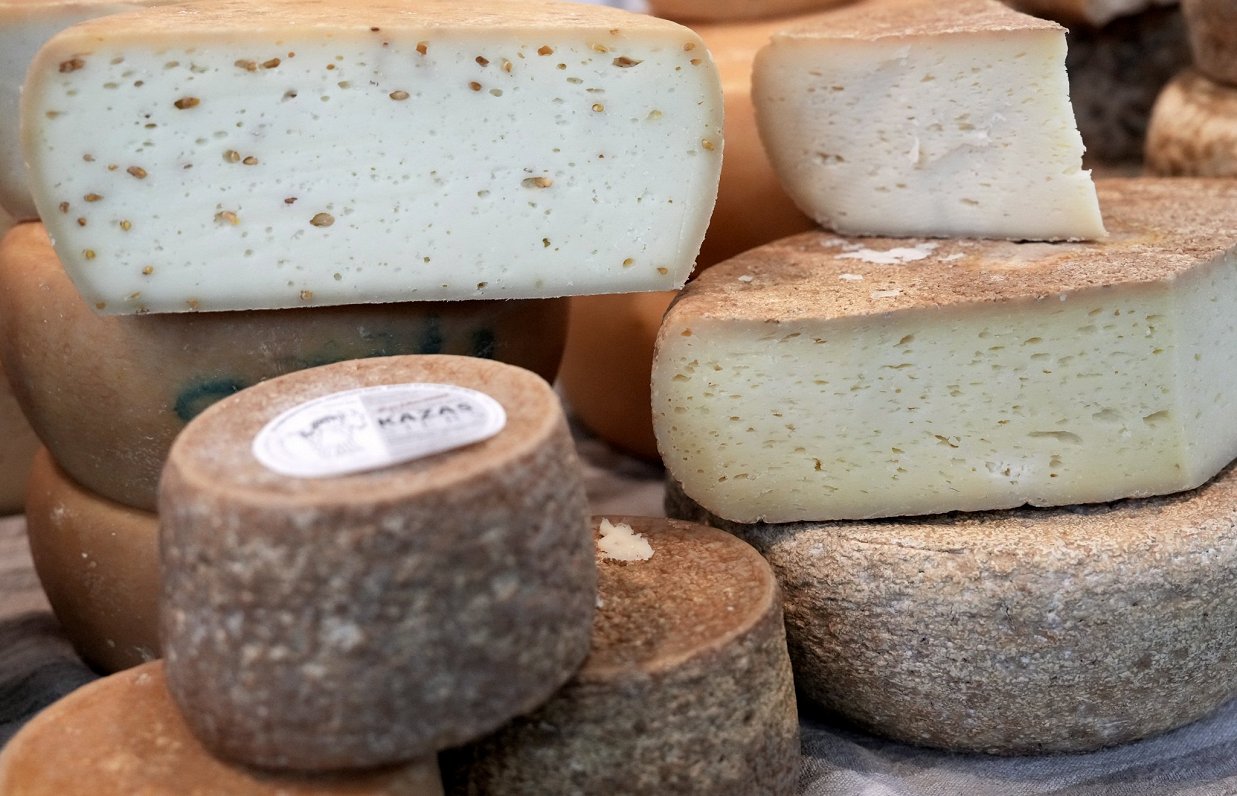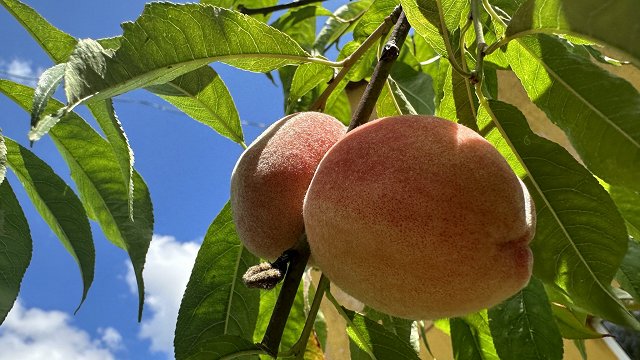Industrial production of cheese increased significantly last year – by nearly 9,000 tonnes or 17%, the society “Cheese Club” reports. Cheese exports also increased significantly last year – by 4,000 tonnes. Cheese consumption has also increased.
Vanda Davidanova, head of the association “Cheese Club”, said: “We have eaten [on average] 23 kg of cheese and curd per year – up 700 grams (g) from 2022.”
Davidanova believes one reason for the increase is also the activities of the “Cheese Club” promoting cheese. She hopes this year it will manage to keep growth rates up as companies work, but the problem is the lack of labor in the food industry. Good news is that production of other dairy products increased last year: butter and milk – by 40% and cream – by 14%.
The total production of cheese by one of the largest cheese producers, Smiltene milk, rose by a third last year.
Ilze Bogdanova, Chairman of the Board of Smiltene milk, said: “The main growth factors are production of industrial cheeses, which are sold in new export markets, and consumption in the domestic market. The main export country for us is Italy. We sell our cheese to 18 different export countries and in 2023 we have started exporting cheese to seven new countries, bringing the total export growth to 65% against 2022.”
Bogdanova observed that sales of pre-packaged cheese in the domestic market are slightly decreasing due to the high competition and influx of imported cheeses from Poland and Estonia. There is still a high share in the market and the consumer prefers the price.
In total, producers exported 34,000 tonnes of cheese for 140 million euros last year, and exports of cheese to Germany increased the most – by 33% and the Netherlands – by 38%. These two are the most important export countries for Latvian cheese. Exports have decreased to Italy and Romania. The volume of imported cheese from Ukraine increased by 199% last year, but overall it accounted for only 3% of all imports of cheese.
Although production rates are good, dairy producers see the high labor tax burden as a problem, which reduces the competitiveness of companies in the region.



























